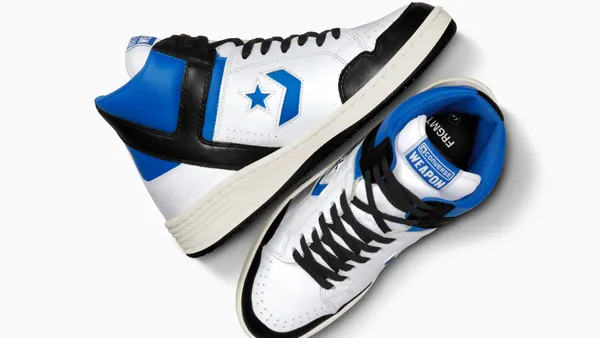Dive Brief:
- Guess will end its fiscal year with inventory down 10% from 2022, executives said on the company’s Q2 earnings call.
- A loosening supply chain, and new automated inventory planning and allocating systems, are helping the company to reduce stock levels, CEO Carlos Alberini told analysts.
- In Q2, the company’s operating margin rose more than 1 percentage point YoY to 9.8% thanks to a favorable product mix and higher initial markups. Inventories for the period were up 4% because of increases in product value.
Dive Insight:
Like many in the apparel and retail world, Guess is trying to get more margin for inventory by holding less — an effort made possible in part by loosening in the broader supply chain system.
With delivery times shortening, the company has purposefully pulled back spending on its stock levels. “We put in place a plan to really extract from that inventory investment ... and we have been able to take about one month out of the investments that we were running with last year,” Alberini told analysts.
Helping the company do that are the new systems that Alberini referenced.
“These solutions are also helping us to improve assortment planning and execute better buys to maximize sales and enhance margins. And our results have been very strong,” the Guess chief said, adding that the company took a month of inventory out of its product cycle without hurting sales.
Guess CFO Markus Neubrand attributed the company’s growing operating margin in part to “clean inventories” and “carefully managed” costs. With receipts returning to “more traditional timing” — due, again, to normalization in the supply chain — Guess plans to reduce its inventory levels further this year, Neubrand said.
Simply cutting stock levels on its doesn’t necessarily raise margins — though it does free up money, with cash flow up $63 million at Guess thanks to lower inventories, along with reduced capital spending.
Boosting margins also takes careful planning and buying, matching supply to demand as much as possible. That’s a difficult task at any time, and even more so in recent years. But many retailers and apparel companies are projecting optimism about their ability to do this in 2023.
“Of course, we are buying very diligently with a lot of discipline,” Alberini said. “We are not buying any more or less than what we think is going to be demanded by our customers in every one of our channels. And this formula has worked well for us. And we are very pleased.”














